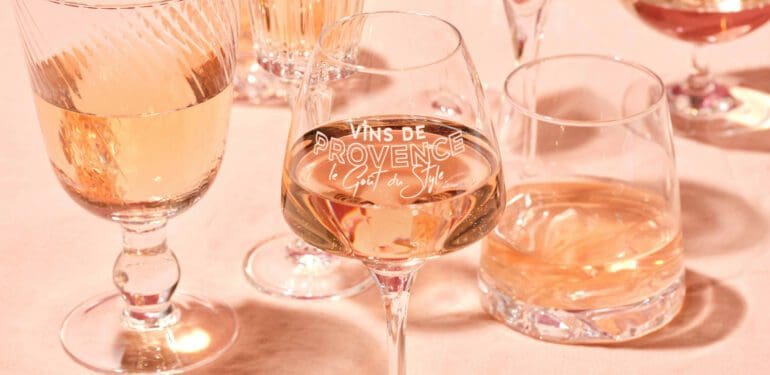Exploring the grapes that make Provence wines, the vibrant and fabulous Rosés you love!
The picturesque French wine region of Provence is a delightful tapestry of flavours. Nestled in southern France, Provence’s sun-drenched landscape has long been celebrated for its exceptional wines. Boasting a rich winemaking culture that goes back 2600 years and a diverse terroir of varying altitudes and soil types, Provence is renowned for producing some of the world’s finest rosé wines.
This expert region for Rosé winemaking has gone all-in on the pink wine style. Across the regions of Côtes de Provence, Coteaux d’Aix en Provence, and Coteaux Varois en Provence 90% of the wines made here are rosé. Rosé is uniquely Provençal, made up of a blend of grapes to create the final wine. From Grenache and Cinsault to Syrah and Mourvèdre, even Cabernet Sauvignon, each grape adds its own expression that can be explored with every sip.

The Grapes of Provence
Provence’s three major wine regions, Côtes de Provence, Coteaux d’Aix en Provence, and Coteaux Varois en Provence, each have their own distinct terroir and grape varieties, resulting in a diverse and exciting array of wines to be enjoyed. Whether it’s the lush fruitiness of Grenache, the vibrant acidity of Cinsault, and the depth and structure of Syrah, the grapes of Provence contribute to wines that are celebrated for their elegance, balance, and vibrancy. And blending together, these grapes make Provence wines so pairable and enjoyable with many meals or simply to be had on their own.
Each grape adds a little something-something to the final wine!
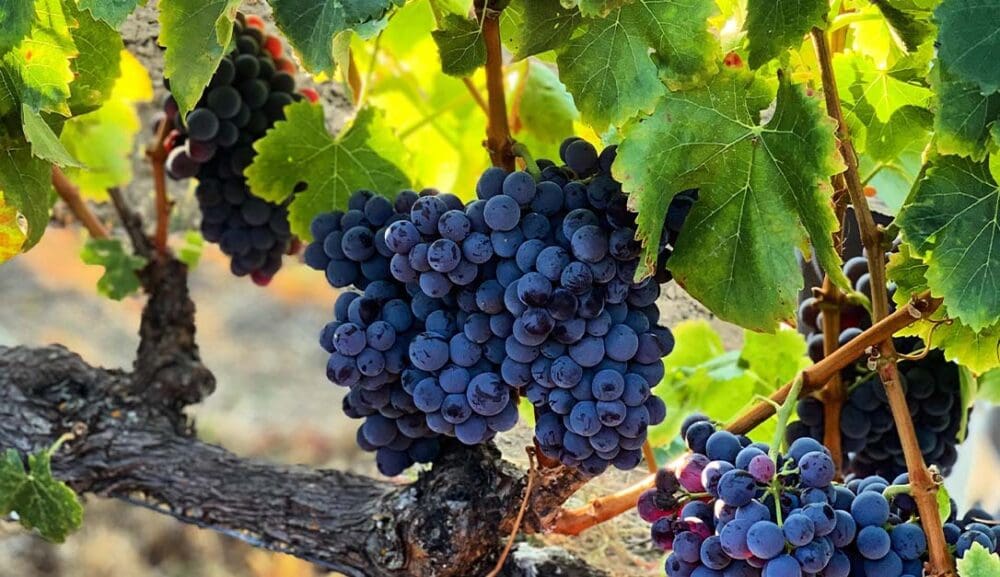
Grenache brings to wine ripe fruit characters with notes of red berries, strawberries and hints of spice. This grape adds significantly to the body and intensity of blends. As well as imparting a luscious mouthfeel, gentle acidity and soft tannins.
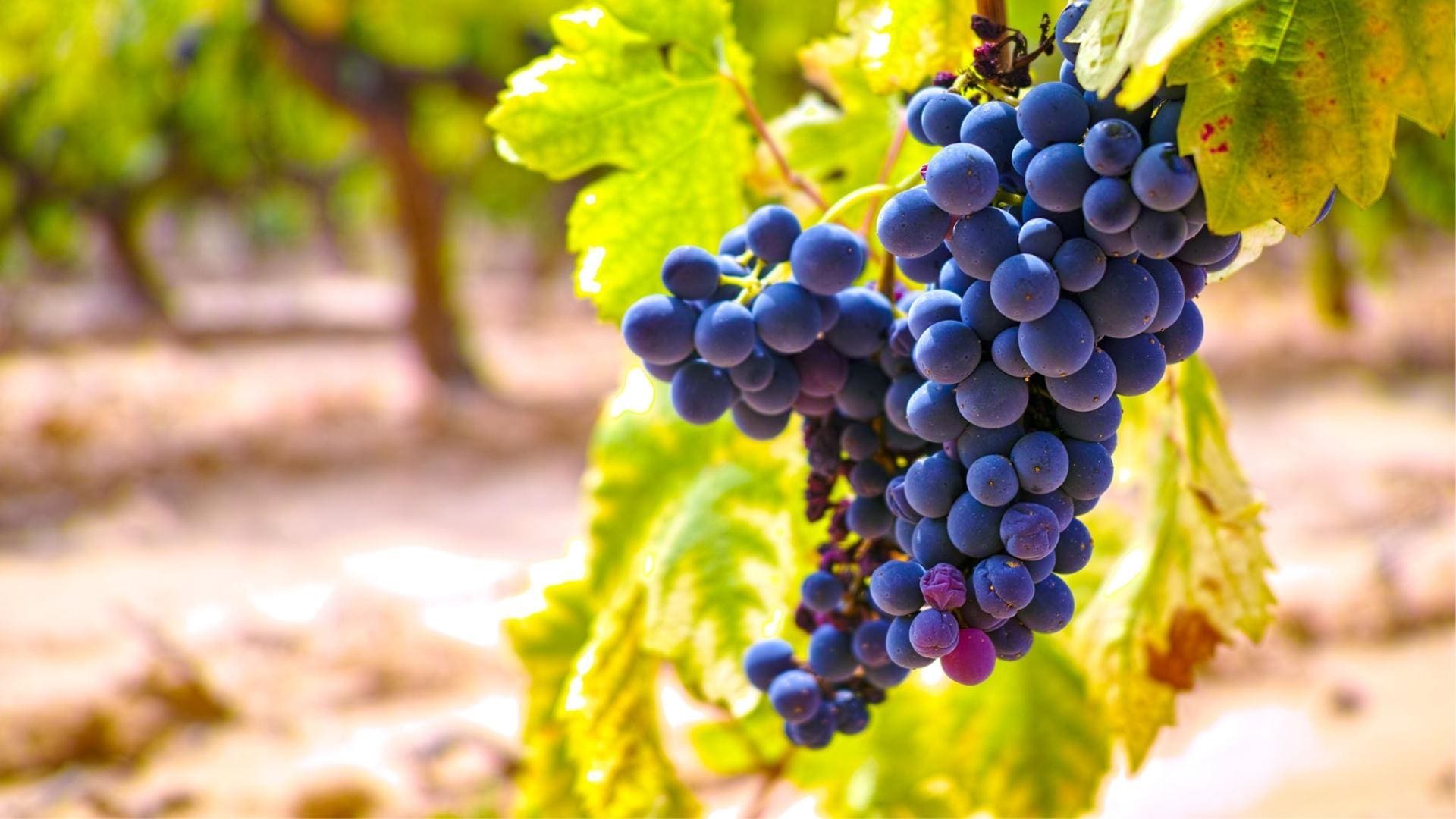
Cinsault is known for its aromatic qualities and vibrant acidity. This grape contributes delicate fruit flavours of cherry and raspberry while adding freshness, vivaciousness, and finesse. Cinsault is the balance to bolder notes in blends with richer grapes.
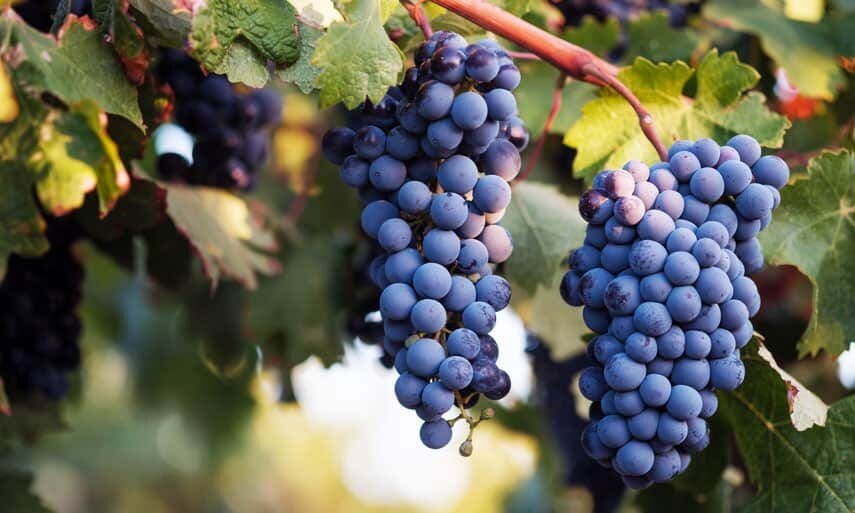
Syrah brings depth and structure to the wines of Provence, adding dark berry-fruit notes like blackberry and plum but also subtle spice notes and peppery flavours. This grape shows through on the palate with complexity and earthiness. The rich tannins of this grape, even in the Rosé style, also contribute to the longevity of the wine.
The Art of the Blend in Every Sip
Rosé is no passing fad. More wine lovers are gravitating to pink wine year-round. However, in the year’s warm months, the Rosé wines of Provence have a nature that is not bound by a ritual of enjoying other wine styles. You can open a bottle of Provence Rosé with a great meal or just enjoy the delicious wine all on its own. And with all the grapes of Provence bringing a unique perspective of the region to the glass, you can taste the complexity of each region in every sip. It is the art of living a rosé-y life, as shown in these three delightful wines now on LCBO shelves.

From the Côtes de Provence, the La Riviera Côtes de Provence Rosé 2021 is a wine that brings together Grenache and Cinsault. Filled with notes of cherry, red berry notes, nectarine, fresh floral notes and soft spices, followed by a palate that is mineral-driven, fresh and crisp. The region is known for making boldly flavoured and zesty wines, and this pomelo-hued Rosé expresses the grapes and the area that created it.

In the heart of Provence with the Terres de Saint-Louis Coteaux-Varois-en-Provence Rosé 2021, this wine truly expresses the blend behind the wine and the region of Coteaux Varois en Provence. Blooming with aroma notes of melon, citrus, strawberry, raspberry, watermelon, grapefruit, lavender and soft herbal and pepper notes. The wine is zesty and fresh on the palate, with a bright finish and bold structure. The volcanic touches and blend of Cinsault, Grenache, and Syrah show off the region and the grapes in the wine perfectly.

From the sunny region of Coteaux d’Aix en Provence, the X Rosé Mirabeau 2021 brings to life a blend of Grenache, Syrah, and Cinsault in the glass. This is an opulent wine with high-tone aroma notes of lemon, grapefruit, red berry fruit notes, touches of pepper spice and juicy freshness. Complemented by a palate that is well-structured, crisp, inviting and long-lived. From a region so marked by its level of sunshine, this wine has a significant concentration in the glass that shines through.
Provence, Naturally Rosy!
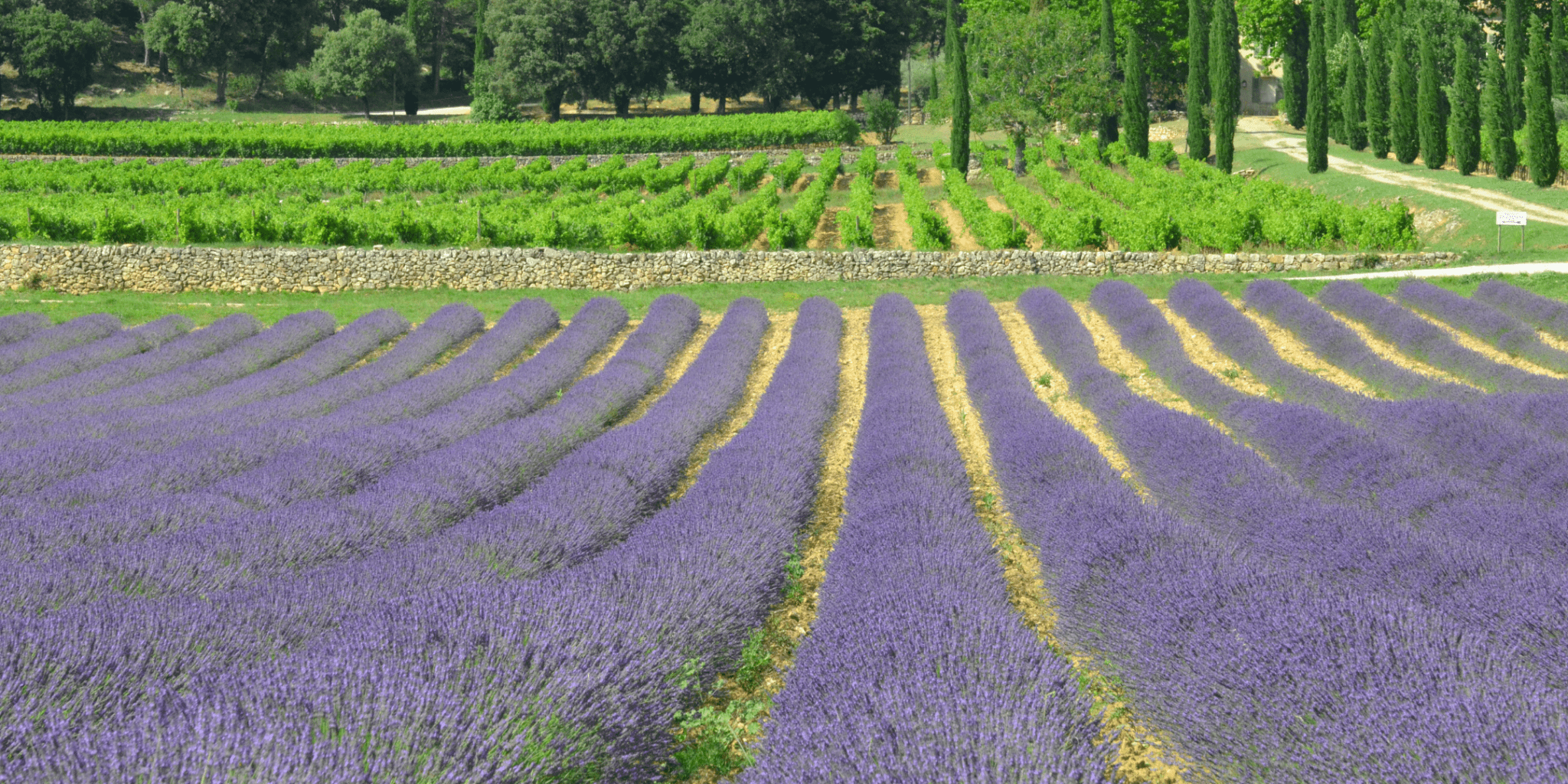
Heaven for Rosé wines, Provence is blessed with a history and current winemaking culture that forwards the region’s love of Rosé. Rosé is one of the world’s oldest winemaking styles. Starting out as field blends with a soft pressing of red and white wine grapes, a practice started by the Greeks. And funny enough, the Greeks brought the winemaking practice to Provence.
Historically Provence is France’s first winemaking region. When the Phoceans of ancient Greece founded Marseille 2600 years ago, they introduced the grapevine to France for the first time. Winemaking began and never stopped from that point on. Four centuries later, when the Romans began to settle the lands of Provence, they set up Provincia Romana, which would later become the current Provence we know now.
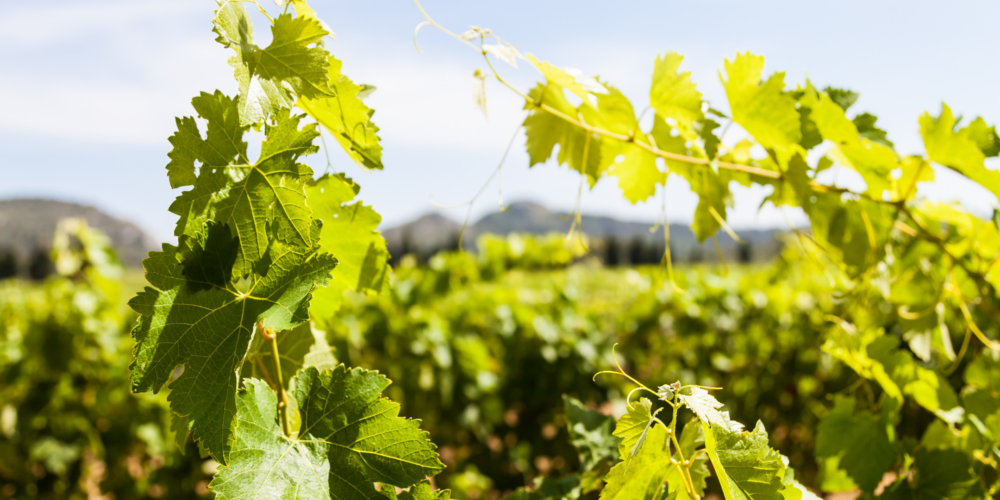
It is a common phrase in wine that the Greeks brought the grapes, the Romans expanded, and the French of the Middle Ages perfected what we know as wine today. Once the Roman and Greek empires subsided, the region saw an increase in the depth of winemaking. Grape growing boomed from the 5th to 12th centuries in Provence, pushed forward by local abbeys across the region. The region’s popularity grew, drawing in some noble families who acquired many vineyards.
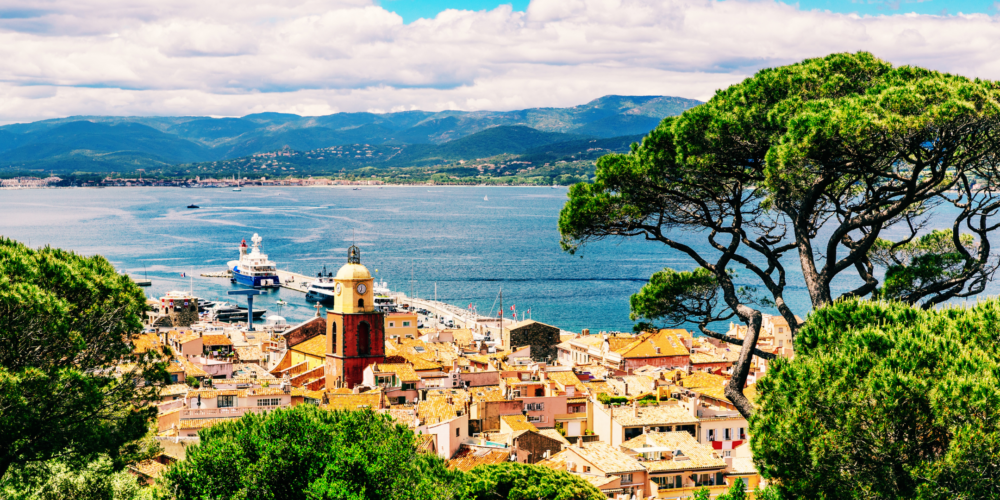
Throughout these three historical periods, Provence and its wines transformed the modern-day winemaking we can enjoy in the glass now. Cementing all this work is the recognition of Provence’s three large AOC (Appellation d’Origine Contrôlée) regions. This recognition shows a sense of place and a winemaking style that is unique and recognizable. The Côtes de Provence AOC was first recognized in 1977, then the Coteaux d’Aix en Provence in 1985, and Coteaux Varois en Provence in 1993. Today each region is working toward crafting delicious, cellar-worthy Rosé wines and forward the region’s winemaking ways for years to come by working with sustainability practices like ACV and HVE. The HVE (High Environmental Value) Certification rewards agricultural farms that use limited pesticides favouring natural solutions, manage water use and pay attention to the protection of biodiversity of floral and fauna in the winemaking process. ACV, the French version of the Life Cycle Assessment, is a powerful tool that evaluates the environmental performance of a product. Encouraging wineries to take on a more holistic approach to winemaking that includes agroforestry measures, regenerative farming, and circular agriculture in the vineyard.
Explore the diversity of the wines of Provence through the grapes behind the bottle. Find the La Riviera Rosé 2021 from Côtes de Provence, the X Rosé Mirabeau 2021 from Coteaux d’Aix en Provence and the Terres de Saint-Louis 2021 Rosé from Coteaux Varois en Provence on LCBO shelves now.

